Monthly Archives: November 2024
SOURCE: IDRW.ORG.

In a recent interaction between the Philippine Marine Corps (PMC) and the United States Marine Corps (USMC), the Philippine military provided a detailed briefing on its advanced BrahMos anti-ship cruise missile system. The exchange of information took place during Exercise KAMANDAG, a joint military exercise aimed at enhancing cooperation and interoperability between the two nations’ forces. The exercise, which brings together Filipino and American troops, offers a platform for sharing expertise, discussing operational strategies, and strengthening defense relations between the two countries.
The BrahMos missile, jointly developed by India and Russia, is one of the most potent anti-ship cruise missiles in the world, known for its speed, precision, and devastating impact on naval targets. The Philippine military’s acquisition of this advanced missile system represents a significant step in enhancing its coastal defense capabilities, particularly in securing its maritime borders against external threats.
Continue readingSOURCE: RAUNAK KUNDE / NEWS BEAT / IDRW.ORG

In response to the Indian Army’s requirement for 90 Carrier Air Defence Tracked (CADET) systems, with a minimum of 50% indigenous content, South Korea’s Hanwha Aerospace has put forth its Hybrid BiHo system as a leading solution. Designed to address India’s evolving air defense needs, the Hybrid BiHo system is positioned as a highly adaptable and capable platform that could significantly bolster the Army’s mechanized columns across various terrains, including high-altitude areas up to 5,000 meters. As India seeks to strengthen its defense infrastructure with modern, locally-produced solutions, Hanwha Aerospace, in collaboration with India’s Larsen & Toubro (L&T), aims to meet these demands by establishing a robust domestic production line.
The Hybrid BiHo system distinguished itself in 2018 when it emerged as the Indian Army’s preferred choice following rigorous trials. Known for its dual-layered defense capabilities, the BiHo combines direct-fire guns with longer-range missiles, offering a versatile approach to tackling a wide range of low-altitude threats, from aircraft to drones. This unique multi-layered capability equips the system to swiftly engage and neutralize threats within close range, while the missile system provides an extended engagement envelope, enhancing the defensive reach of deployed forces.
Continue readingSOURCE: RAUNAK KUNDE / NEWS BEAT / IDRW.ORG
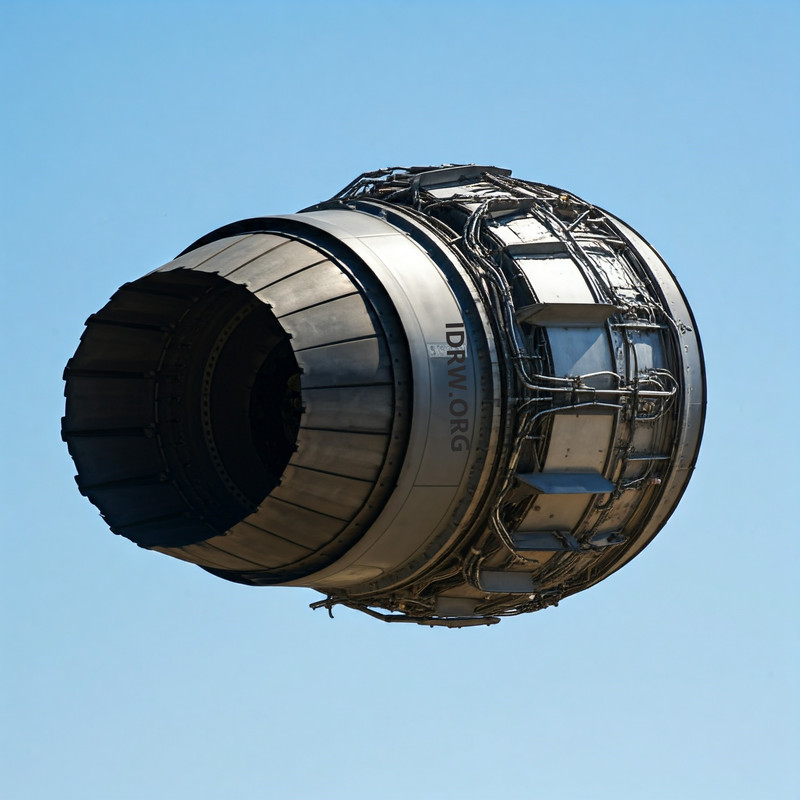
India is gearing up to finalize a significant partnership with a foreign aerospace major for the co-development of a new engine tailored for the fifth-generation Advanced Medium Combat Aircraft (AMCA) program. Sources close to idrw.org indicate that the deal is expected to be inked by mid-2025, with plans to conduct prototype engine testing by 2029. This initiative marks a crucial step in India’s ambition to bolster its Indigenous defence capabilities and advance its aerospace technology.
The new engine aims to achieve an impressive thrust capability, generating 75 kN of dry thrust, which could translate into approximately 110 to 130 kN of wet thrust when the afterburner is engaged. This thrust range is vital for ensuring optimal performance in various combat scenarios, enhancing the AMCA’s agility and operational effectiveness.
Continue readingSOURCE: RAUNAK KUNDE / NEWS BEAT / IDRW.ORG
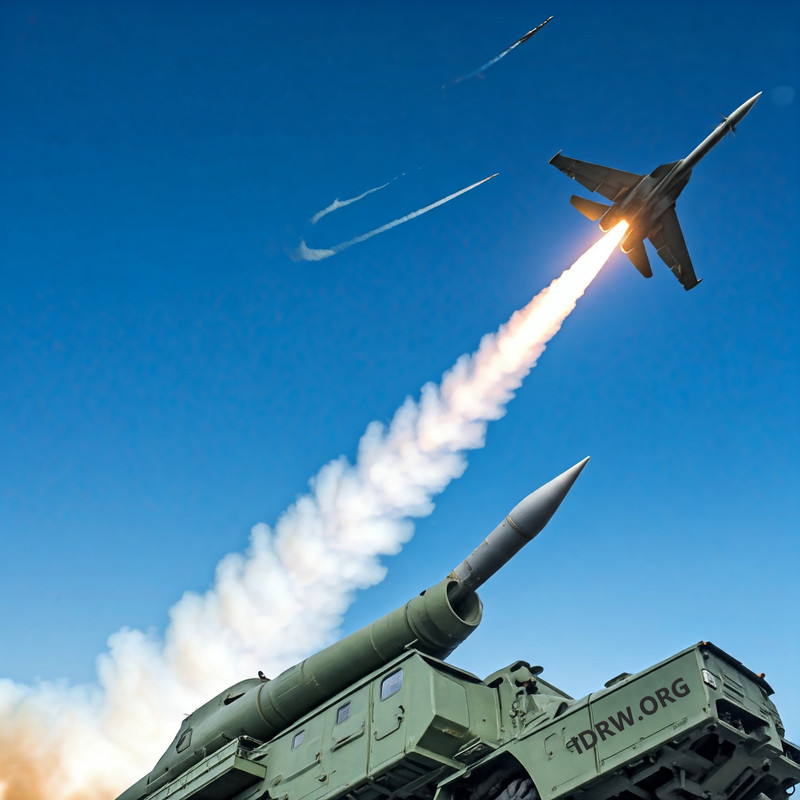
The delivery of India’s fourth S-400 squadron from Russia, originally scheduled for 2025, may now be delayed until early 2026, with the fifth squadron expected to arrive by mid-2026, according to recent media reports. Last month Indian Air Force (IAF) Chief, Air Chief Marshal Amar Preet Singh, acknowledged the delay, attributing it to disruptions stemming from the ongoing Russia-Ukraine conflict. This announcement came despite earlier indications of an accelerated delivery timeline, adding new challenges to India’s air defence upgrade plans.
In 2018, India signed a $5.43 billion contract with Russia for five S-400 air defense squadrons to strengthen its aerial defence capabilities. The deal positioned India as one of a select group of nations equipped with Russia’s advanced S-400 missile systems, known for their long-range precision and versatility in intercepting aircraft, UAVs, and ballistic and cruise missiles. With three squadrons already deployed by the IAF, the remaining two squadrons are highly anticipated to complete India’s comprehensive, multi-layered air defense network.
Continue readingSOURCE: IDRW.ORG.
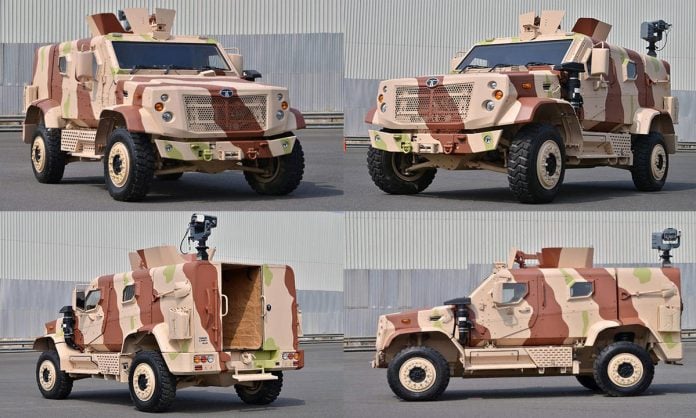
After securing an impressive order for 150 WHAP (Wheeled Armored Amphibious Platform) 8×8 vehicles from the Royal Moroccan Army, Tata Advanced Systems has captured further attention with its Light Armoured Multipurpose Vehicle (LAMV). This versatile, agile, and highly protected vehicle is generating key interest within the Royal Moroccan Army and has reportedly been offered for trials to explore its suitability for diverse operational requirements. With capabilities well-suited for reconnaissance, utility, and tactical operations, the LAMV is positioned to meet Morocco’s defense needs amid growing regional security challenges.
The Tata LAMV is designed to offer exceptional mobility and adaptability across various mission types, combining advanced protection features with state-of-the-art situational awareness systems. Built to withstand a wide range of battlefield threats, the LAMV provides the versatility that modern armed forces demand in light armored vehicles.
Continue readingSOURCE: IDRW.ORG
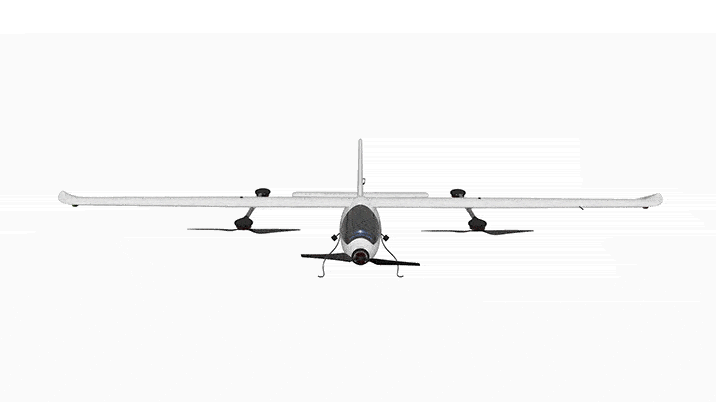
The Indian Army has officially inducted the AARAV_ENX6D surveillance drone, developed by VTOL Aviation India Pvt. Ltd. This cutting-edge Unmanned Aerial Vehicle (UAV) brings advanced reconnaissance capabilities to the battlefield, designed with a modular airframe that offers enhanced durability, efficiency, and flexibility. The induction of this Indigenously Designed, Developed, and Manufactured (IDDM) system aligns with the Army’s goal of modernizing its surveillance and intelligence-gathering operations, especially in challenging terrains.
The AARAV_ENX6D features a modular airframe, which facilitates easy part replacement and maintenance. Its compact design allows for transportation in a single box or a backpack, making it highly portable and deployable in various terrains.
Continue readingSOURCE: RAUNAK KUNDE / NEWS BEAT / IDRW.ORG

The Ministry of Defence (MoD) has recently decided against the Indian Air Force’s (IAF) proposal to involve private sector companies in manufacturing the Tejas MkII fighter jets, citing cost efficiency and optimized utilization of current production facilities. Hindustan Aeronautics Limited (HAL), the state-owned aerospace and defence company, has been designated as the primary manufacturer of the Tejas MkII, ensuring continuity in production and avoiding unnecessary expenditure.
HAL, which is currently leading the Tejas Mk1A production line with an order of 83 jets for the IAF, is expected to secure an additional 97 orders for the Tejas Mk1A variant. This expansion of orders could keep the Mk1A production line operational until 2032, a notable extension beyond the previously planned 2028 deadline. This shift allows HAL to continue fulfilling Mk1A orders, even as the MkII production line gradually ramps up.
Continue readingSOURCE: RAUNAK KUNDE / NEWS BEAT / IDRW.ORG

Following the induction of the C-295M transport aircraft into its fleet, the Indian Air Force (IAF) is evaluating the same platform to replace its ageing fleet of Soviet-era An-32 transporters. While the C-295M was initially introduced to replace the Hawker Siddeley HS 748 aircraft, its operational capabilities and size make it a viable option for replacing the An-32 as well. However, the C-295M may require modifications to meet the specific demands of high-altitude operations—capabilities that were purpose-built into the An-32 when it was developed for the IAF.
The An-32, an improved variant of the An-26, was specially tailored for high-altitude operations and rugged conditions. The IAF has relied on the An-32 for decades to transport cargo and personnel to remote, mountainous regions, a role that any replacement will need to fulfil effectively. As the C-295M begins operations in similar terrains, initial observations and performance feedback will be essential for determining what adjustments may be required to fully meet the IAF’s needs in higher altitudes and challenging environmental conditions.
Continue readingSOURCE: RAUNAK KUNDE / NEWS BEAT / IDRW.ORG

At the recent inauguration of the Tata Aircraft Complex for the production of Airbus C-295 aircraft in India, a new variant of the C295 platform was showcased, drawing significant attention to its potential to enhance India’s maritime patrol capabilities. The proposed modifications to the C295 platform aim to develop it into the Multi-Mission Maritime Aircraft (MMMA) and Medium Range Maritime Reconnaissance (MRMR) aircraft for the Indian Coast Guard and Navy. Equipped with cutting-edge weapon systems, the new platforms represent a substantial boost for the country’s maritime patrol and anti-submarine warfare capabilities.
The MMMA and MRMR variants of the C295 are designed to meet the unique needs of the Indian Navy and Coast Guard. This customization is a notable step in India’s ongoing efforts to build a robust Indigenous defence manufacturing ecosystem, aligning with the “Make in India” initiative. As part of this transformation, the weaponized C295 platform is expected to address the demand for multi-mission capabilities, offering a solution that combines surveillance, reconnaissance, and strike capabilities on a single, versatile airframe.
Continue readingSOURCE: IDRW.ORG.

The Indian Army after recently taking delivery of 96 ATOR N1200 Specialist Mobility Vehicles, is a major step forward in modernizing its logistical and operational capabilities. These vehicles, manufactured by JSW Gecko, a subsidiary of the JSW Group, are part of a larger Rs 250 crore contract awarded earlier this year.
As part of its expansion plans, the Indian Army intends to further increase its fleet of ATOR N1200 vehicles by procuring an additional 24 units. This will bring the total number of vehicles in service to 120. The ATOR N1200 is a cutting-edge amphibious extreme mobility vehicle, designed to excel in challenging terrains. Based on the renowned SHERP N1200, known for its robustness and versatility, the ATOR N1200 has been customized to meet the specific needs of the Indian Army.
Continue readingSOURCE: IDRW.ORG
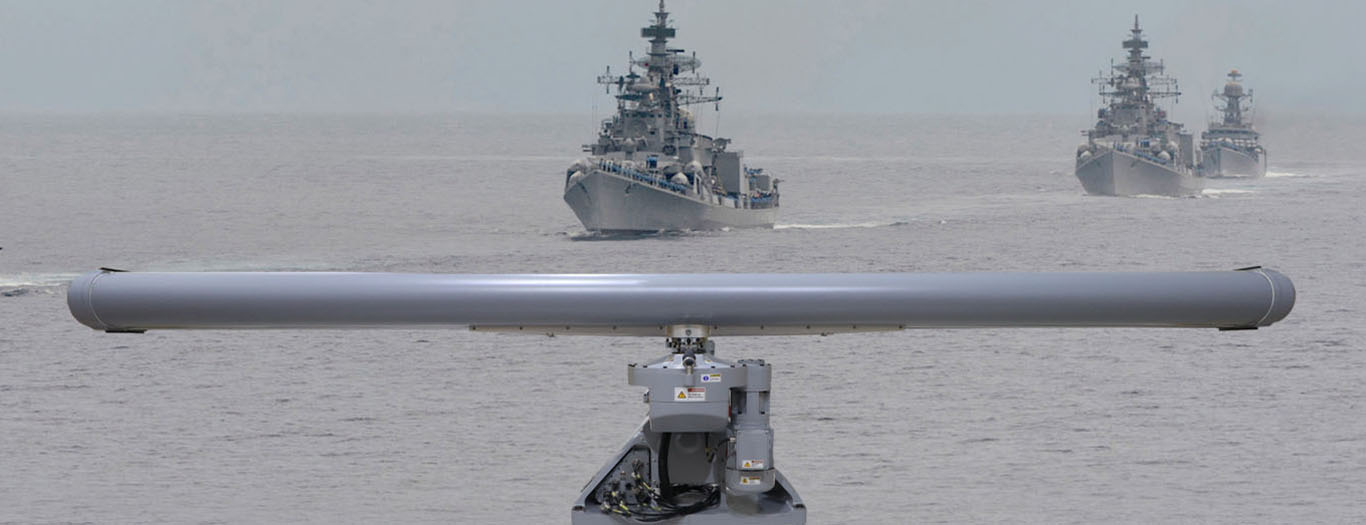
In a bid to bolster domestic defence manufacturing capabilities and reduce dependence on foreign suppliers, the Indian Coast Guard (ICG) has launched a new initiative under the iDEX DISC 12 Challenge, inviting private sector companies to participate in the development of indigenised 25KW and 35KW radars. This initiative forms a part of India’s broader push for Atmanirbhar Bharat (self-reliant India) and aims to ensure that critical technologies like radar systems used aboard ships are manufactured domestically.
RADAR (Radio Detection and Ranging) systems are essential for ensuring the safety and efficiency of naval and coast guard operations. These systems are used onboard ships to detect objects and determine their distance from the vessel, providing critical data for navigation, surveillance, and safety, especially in challenging maritime environments.
Continue readingSOURCE: RAUNAK KUNDE / NEWS BEAT / IDRW.ORG

The Bhabha Atomic Research Centre (BARC) has been entrusted with the development of 190-MW nuclear reactors, a critical component for the Indian Navy’s ambitious plans for the P-77 nuclear attack submarines (SSN) and the S5 class of ballistic missile submarines (SSBN). This initiative could also pave the way for India’s aspirations to develop its own nuclear aircraft carrier in the foreseeable future.
A retired official from BARC, speaking with idrw.org, emphasized that while the Navy initially aimed for a locally manufactured aircraft carrier, the high costs associated with developing a standalone program presented significant challenges. However, the development of the 190-MW reactors in a twin configuration could serve as a viable solution. This configuration would enable the reactors to provide the necessary power for a 70,000-ton nuclear-powered aircraft carrier if the Navy decides to pursue this path within the next 20 years.
Continue readingSOURCE: RAUNAK KUNDE / NEWS BEAT / IDRW.ORG

Hindustan Aeronautics Limited (HAL), under the leadership of Chairman and Managing Director, Mr. D.K. Sunil, is moving forward with plans to maintain its production momentum for the Tejas Mk1A aircraft despite the ongoing delay in the delivery of the GE F-404 engines. According to a HAL official who spoke exclusively to idrw.org, HAL is taking proactive steps to ensure that the Tejas Mk1A aircraft remain on track for delivery to the Indian Air Force (IAF) by the time the engines arrive in the country.
With the delay in the arrival of the GE F-404 engines, HAL is preparing to build and store Tejas Mk1A aircraft with Category B F-404 engines for the initial pre-delivery flight testing. The Category B F-404 engines, a temporary solution, will enable the aircraft to undergo initial flight testing before more GE F-404 engines are integrated into the aircraft.
Continue readingSOURCE: RAUNAK KUNDE / NEWS BEAT / IDRW.ORG

In a significant move toward strengthening defence cooperation, India and Brazil are reportedly in discussions to finalize a government-to-government deal for the procurement and local manufacturing of the Akash-NG (Next Generation) Air Defense system.
Developed by India’s Defense Research and Development Organisation (DRDO), Bharat Dynamics Limited (BDL), and Bharat Electronics Limited (BEL), the Akash-NG represents a major advancement in India’s indigenous air defence capabilities. The system is designed to intercept highly manoeuvrable, low-observable aerial threats, making it an ideal candidate for enhancing Brazil’s air defence framework.
Continue readingSOURCE: IDRW.ORG.
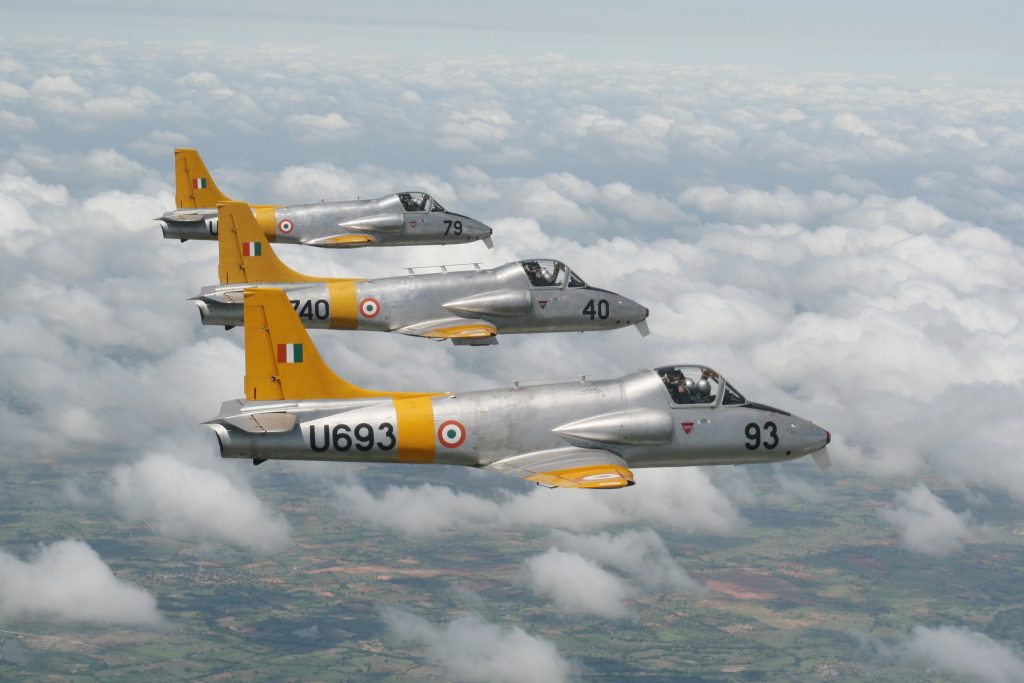
The Indian Air Force (IAF) has announced plans to retire its ageing fleet of Kiran trainer aircraft starting in 2025. The Kiran, which has been in service for decades, has played a pivotal role in the training of IAF pilots. However, with the aircraft approaching the end of its service life, the IAF is looking to replace it with the Sitara Intermediate Jet Trainer (IJT), a domestically developed aircraft by Hindustan Aeronautics Limited (HAL). Despite the promising potential of the Sitara, its induction into the IAF has faced significant delays, leaving the timeline for its deployment uncertain.
The Kiran aircraft has been the backbone of the IAF’s intermediate pilot training program for over 40 years. Since its introduction in the 1970s, the Kiran has provided a reliable platform for trainee pilots to transition from basic trainers to more advanced combat aircraft. However, as the Kiran’s airframes and systems age, the IAF has decided that it is time to phase it out to ensure that its training program remains modern, effective, and in line with evolving aviation standards.
Continue reading